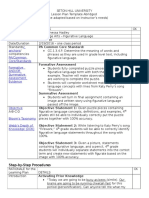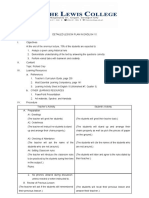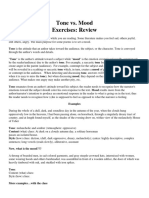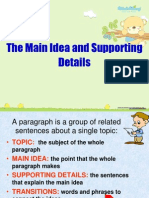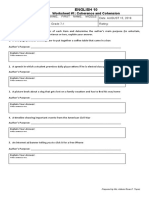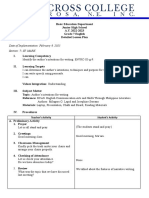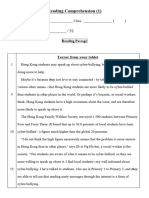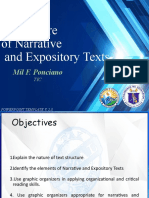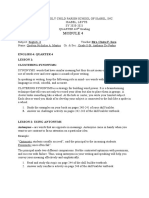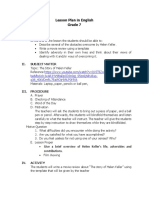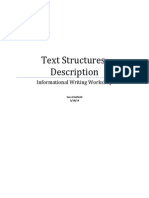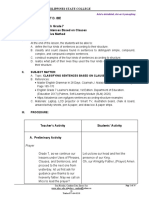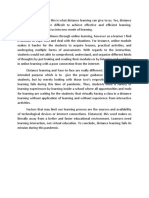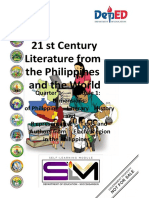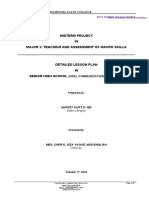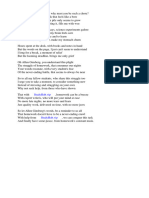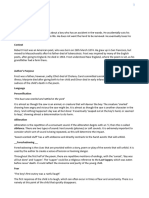0% found this document useful (0 votes)
431 views6 pagesFigures Os Speech
Figures of speech are non-literal uses of language that convey meaning through implied comparisons rather than dictionary definitions, and they make up a large part of creative expression in English. Common types of figures of speech include similes, metaphors, personification, hyperbole, paradoxes, and oxymorons. While figures of speech can add emphasis and vividness to language, they can sometimes introduce ambiguity since a non-literal meaning is implied rather than stated directly.
Uploaded by
Harvey Kurt IbeCopyright
© © All Rights Reserved
We take content rights seriously. If you suspect this is your content, claim it here.
Available Formats
Download as DOCX, PDF, TXT or read online on Scribd
0% found this document useful (0 votes)
431 views6 pagesFigures Os Speech
Figures of speech are non-literal uses of language that convey meaning through implied comparisons rather than dictionary definitions, and they make up a large part of creative expression in English. Common types of figures of speech include similes, metaphors, personification, hyperbole, paradoxes, and oxymorons. While figures of speech can add emphasis and vividness to language, they can sometimes introduce ambiguity since a non-literal meaning is implied rather than stated directly.
Uploaded by
Harvey Kurt IbeCopyright
© © All Rights Reserved
We take content rights seriously. If you suspect this is your content, claim it here.
Available Formats
Download as DOCX, PDF, TXT or read online on Scribd
/ 6

